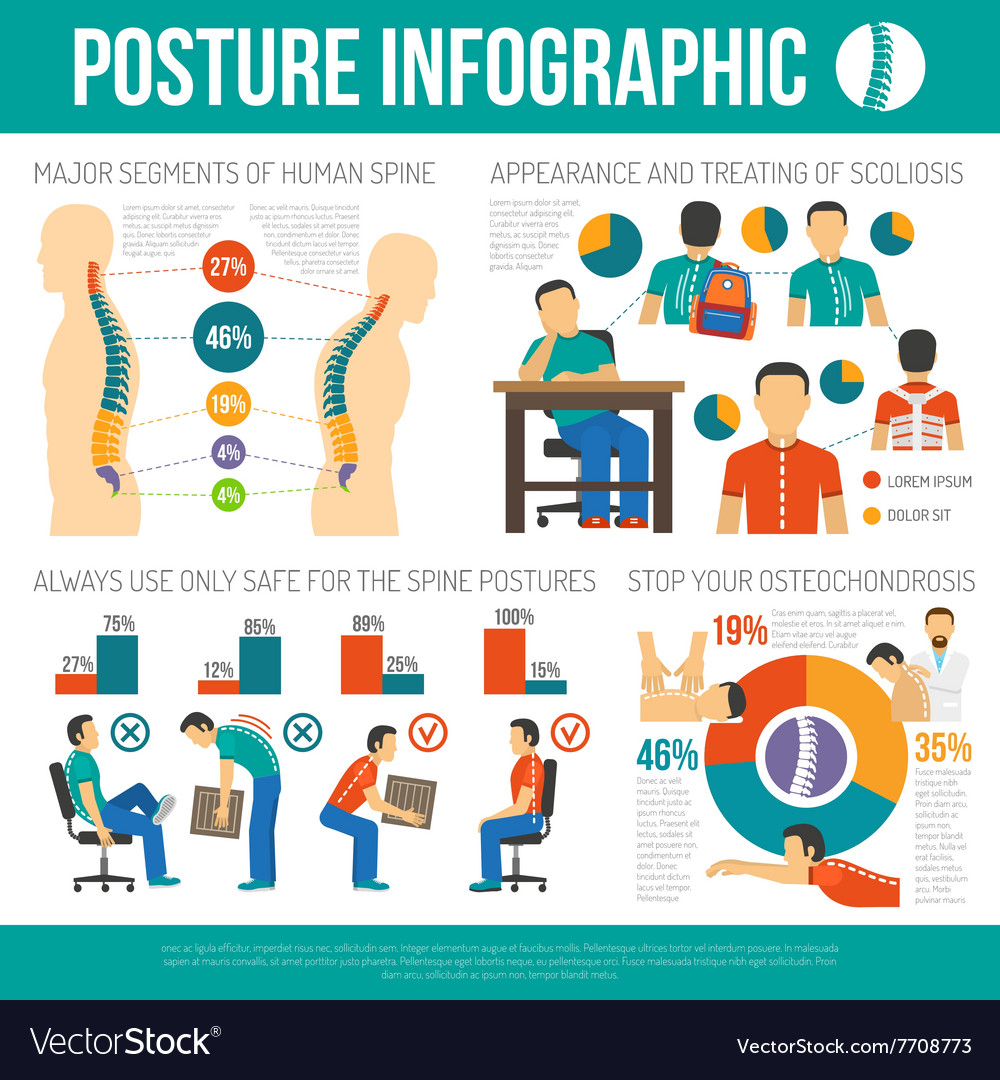Examining Acupuncture Against Other Techniques For Discomfort Monitoring
Examining Acupuncture Against Other Techniques For Discomfort Monitoring
Blog Article
Article Created By-Kaufman Topp
When you consider pain monitoring options, you may find yourself evaluating the pros and cons of different methods, consisting of acupuncture, over the counter medications, and physical therapy. While lots of strategies supply relief, they frequently include their own set of difficulties, like adverse effects or prolonged therapy times. Acupuncture attracts attention for its one-of-a-kind ability to advertise self-regulation with fewer threats. But just how does its effectiveness compare to even more standard approaches? The nuances of these methods can dramatically affect your choices, and discovering them better can result in surprising insights.
Summary of Discomfort Administration Techniques
When it comes to taking care of discomfort, you have a range of methods at hand. These techniques can range from typical methods to a lot more different therapies. Recognizing your alternatives is crucial in finding what functions best for you.
One usual technique is over the counter medicines like ibuprofen or acetaminophen, which can supply quick alleviation for moderate to moderate pain. Prescription medications, consisting of opioids, might be needed for much more severe pain, though they feature risks of dependency and negative effects.
Physical therapy is another effective approach, concentrating on exercises and stretches to enhance muscular tissues and improve mobility. This method frequently helps in handling persistent discomfort conditions.
Additionally, some people turn to more alternative choices, such as massage treatment, which can relieve stress and enhance blood circulation.
Mind-body techniques, like mindfulness reflection or yoga, help you handle discomfort by decreasing stress and anxiety and enhancing your mental strength.
Finally, way of life adjustments, such as preserving a healthy diet and normal exercise, can play a vital duty in general discomfort administration. Each strategy has its advantages and disadvantages, so it's necessary to explore what matches your demands and choices best.
Benefits of Acupuncture
Acupuncture uses a special strategy to discomfort management that attracts attention amongst various techniques. By targeting certain points on your body, it boosts the flow of power, or "qi," promoting all-natural healing and minimizing discomfort.
One of the greatest advantages is its minimal side effects. Unlike some medications, which can lead to dependency or unwanted health issues, acupuncture is a holistic therapy that encourages your body's self-regulation.
You'll likely discover that acupuncture sessions can help alleviate persistent pain, migraines, and even anxiety. Many individuals experience a sense of relaxation and wellness during and after treatment, which can enhance general quality of life.
And also, it's a flexible option; it can be made use of together with other therapies, making it a great complement to your existing pain management plan.
One more significant advantage is that acupuncture can be tailored to your specific requirements. Your professional will assess your problem and develop a customized therapy strategy, ensuring you receive the care that ideal supports your recuperation.
With its old origins and growing acceptance in modern medication, acupuncture stands out as a compelling alternative for pain relief.
Contrasting Effectiveness and Results
Pain administration methods differ commonly in their effectiveness and end results, making it important to comprehend just how they stack up against one another. When thinking about options like acupuncture, physical treatment, and medicine, you'll find unique differences in how each technique addresses pain.
Acupuncture, for example, often offers relief for chronic discomfort problems, with researches revealing significant improvements in pain levels for many individuals.
In contrast, medicines like opioids can efficiently take care of sharp pain yet bring risks of dependency and negative effects.
Physical treatment focuses on recovery and may take longer to show results, which can be irritating if you need immediate relief.
When assessing these techniques, consider your specific discomfort type and your personal wellness goals. https://cashcwsmg.tokka-blog.com/35783400/discover-the-ways-in-which-a-physical-therapist-can-enhance-your-recovery-process-and-uncover-the-important-elements-needed-to-achieve-your-greatest-capacities locate that a combination of approaches works finest for them.
For example, you could benefit from acupuncture sessions alongside physical therapy to optimize healing.
Eventually, comprehending the effectiveness and outcomes of each approach will help you make notified choices concerning your pain administration method, allowing you to choose the strategy that ideal fits your demands and way of life.
Verdict
In recap, acupuncture attracts attention as a beneficial option to conventional pain monitoring techniques. It supplies quick relief and promotes self-regulation without the risks of dependence related to medicines. While neck pain nyc may require even more time for outcomes, acupuncture can supply prompt advantages, making it an attractive option for those seeking relief from chronic pain and anxiety. By including acupuncture right into your discomfort monitoring strategy, you can improve your general well-being and reclaim control over your wellness.
